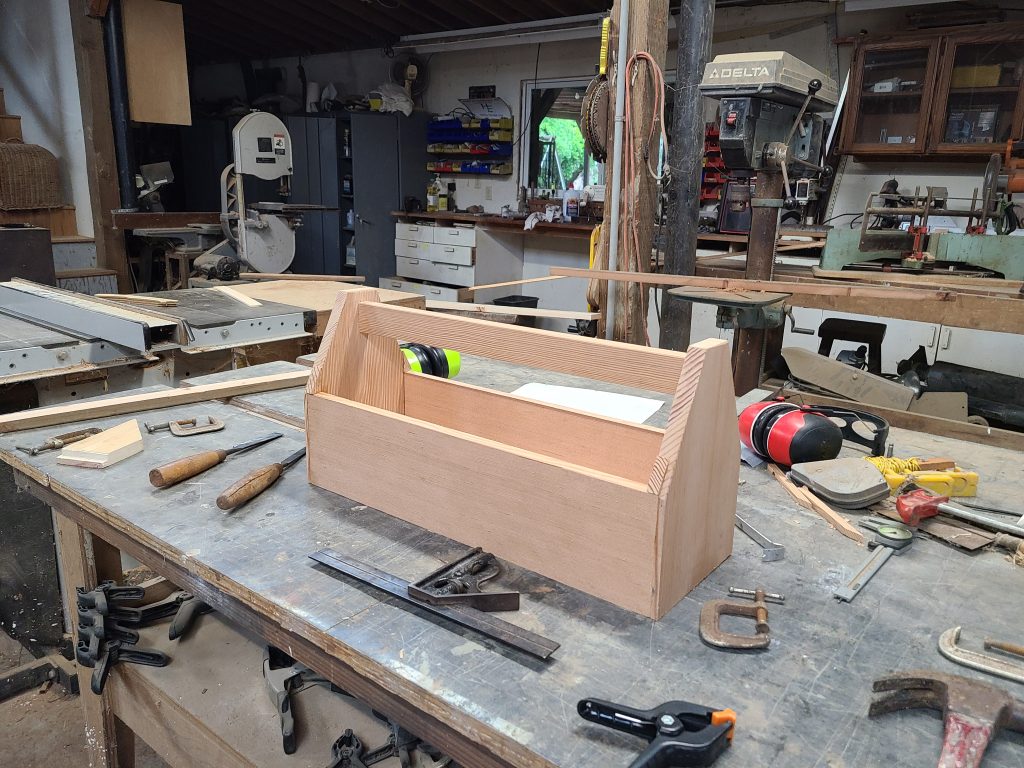The California PUC is once again discussing the proposed new billing approach for residential solar that includes many modifications to the current Net Energy Metering rate structure. They had been scheduled to make a decision in January of 2022 (actually, the original schedule was in 2021 but that got changed). There was so many objections to their proposal that the Governor postponed the decision until May. Their stated reason for the delay wasn’t that there were objections, it was because there was a change to the board of commissioners. The delay was to allow the new commissioners to study the situation.
Now it is back on the table for a decision, without any substantive changes – it is still as bad as it was six months ago.
Supposedly the reason for the modification to the rate structure is that under the current system those with solar don’t pay their fair share for the power infrastructure. The reason is that the cost of the infrastructure is bundled with the cost of the power and billed as a single bill. If a residence achieves the goal of “Net Zero” (meaning they make as much power as they use), then they would have a zero energy bill – and therefore a zero contribution to the cost of the grid infrastructure.
This would be the case if the residential solar “power plant” cost nothing, and if the cost of the grid power plants cost nothing. However, that is not the case. A condition of their government sanctioned monopoly is that the utilities must produce enough power to meet the demand. That means that if residential solar power reduces the demand on the grid, and that reduction reduces the cost of the necessary infrastructure, then the investment in the residential solar has value to the grid, and to the non-solar customers on the grid. The PUC’s opinion about this is that it is difficult to determine how much the cost of the utility infrastructure is supplanted by the homeowner’s investment in their system. Since it is a difficult problem, they are not including it into the determination of how much, if any, residential solar adds to the cost of the supporting grid infrastructure. Basically they are taking the position that the homeowner’s investment has zero value, and does nothing to reduce the amount of equipment necessary to meet the utility company’s mandate to meet the need.
It is my belief that just because it is a difficult problem to determine how much grid infrastructure costs are reduced by residential solar, and that it has not been studied because studies have not been funded, is no reason to assume there is no value. What it tells me is that the entire approach to billing for power is faulty and needs to be modified in substantial ways.
The first modification that is necessary is to de-couple the cost of the infrastructure from the cost of power. Each user should be billed for the cost of the infrastructure required to support their demand (these are called demand changes by almost all rate structures with the exception of residential users). All other service are charged in part by the size of service required to support their maximum load. As the load changes, so does the size and cost of utility transformers, power lines, switching equipment, etc. It makes sense to base the change for this portion of the bill on the size and cost of maintaining the physical distribution infrastructure. It doesn’t matter whether you use a lot of energy over time, or a tiny amount, it costs the same to ensure that the maximum loads can be met (the is measured as power rather than energy). The second part of the utility bill should be for the energy used during a period of time. This represents how much coal is burned, how many gallons of water go through a turbine, etc. If you use a lot of energy during a period of time, you should pay a lot. If you use little, or no energy you should pay very little (or none).
This approach to splitting the bill into what is actually being paid for will solve the NEM conundrum. Solar users, and everyone else, will pay their fair share of the cost of the infrastructure required to support their needs, and solar users and everyone else will pay for the amount of energy that they use. If solar arrays make more electricity than they can use, and the grid has a way to use it for other customers, then the solar based system only used the difference between what they used and what they made (Net Energy).
There is absolutely no valid reason to change solar power plants extra for the connection services, everyone should pay for that part of the bill. The only “reason” for this situation is that the utilities like to own all of the infrastructure so that they can bill for it, including their profit. They are not very interested in allowing customers to invest in their own power plants because they don’t make profit on that investment.
Until a change similar to this is worked out, it is not difficult to find a “fair” solution, it is impossible. It is impossible because they are bundling two very difference services, with very different cost structures in to a single rate. This was a simple solution that sort of worked to achieve a fair rate distribution when everyone purchased power and nobody made their own, or sold their homemade power back to the grid. That situation no longer exists, therefore the entire rate structure needs updating to reflect the new reality.
